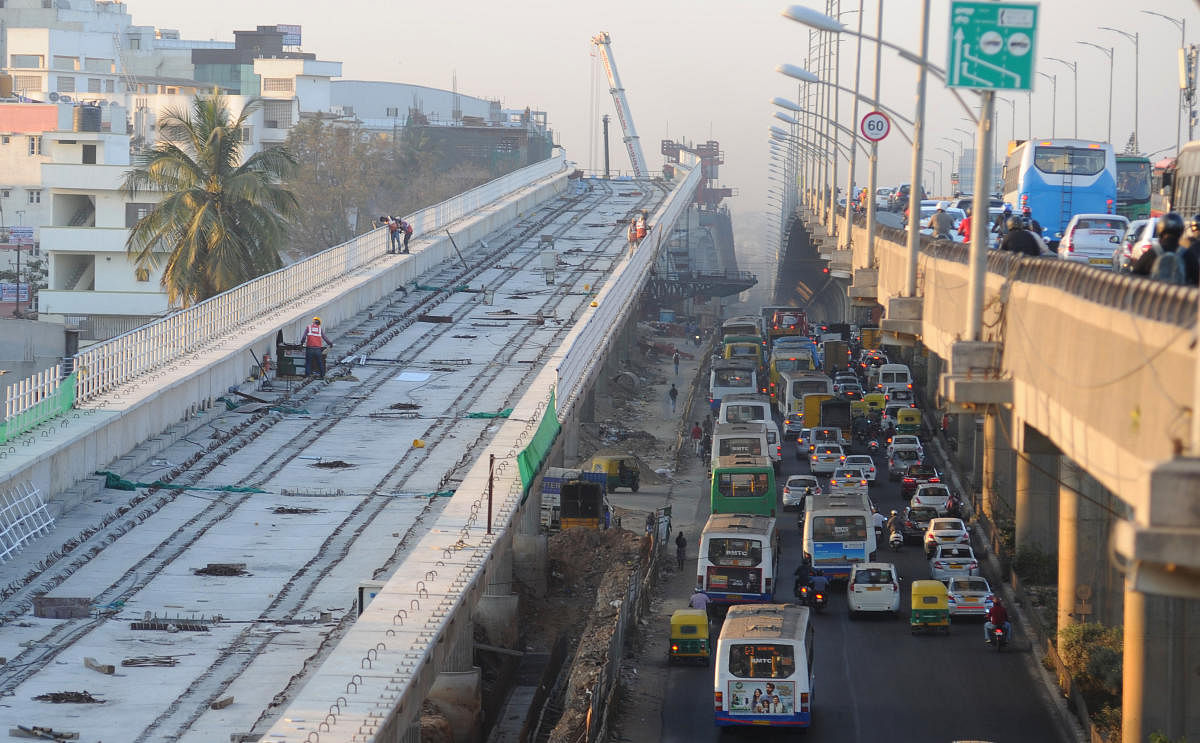
Travelling in Bengaluru’s maddening traffic has always been a nightmare and now comes confirmation that the city is the most congested in the world. According to Traffic Index, 2019, released by location technology company TomTom, Bengaluru witnessed an alarming congestion level of 72%, the highest among the 416 cities surveyed in 57 countries. The other Indian cities that have made it to the list of Top-10 congested cities are Mumbai, Pune and New Delhi. In Bengaluru, motorists spend an additional 243 hours a year, or a little over 10 days, stuck in traffic during peak hours, which not only increases fuel consumption but also adds to air pollution. Various studies have indicated that by 2030, air pollution in the city could increase by 74%, with vehicle emission being the most significant contributor.
Bengaluru was a late starter in building public transport. For a long time, government buses with passengers packed like sardines and unreliable autorickshaws were what passed for public transport in the city, forcing the public to rely heavily on private vehicles—a habit that stuck. There are over 75 lakh vehicles on the city’s roads today. A quaint cantonment city which housed the British Army prior to Independence, Bengaluru was never designed to handle the kind of human and vehicular population that it is now home to. While nobody had imagined in their wildest dreams that the city would grow at the pace that it did, the total lack of planning even in new extensions has only aggravated the traffic problem. To make matters worse, the progress of Namma Metro has been painstakingly slow with only 42 route kilometres commissioned over the past 13 years. City planners have consistently shown a myopic vision, with the focus on providing short-term, quick-fix solutions — which often outrun their utility even before the completion of the project, due to the unending delays in their execution — instead of strategising for the future.
There is an urgent need to evolve a long-term plan to not only reduce the population from vehicles on the roads but also to increase the speed of commuting, through better traffic management. The government should fast-track Namma Metro to ensure that the network covers the entire city at the earliest, while ensuring efficient first and last-mile connectivity. The long-pending suburban railway project which promises to reduce dependence on private vehicles needs a serious push. Indeed, the government must make the Metro and the suburban rail network its top priority. Besides, satellite towns with quick connectivity to Bengaluru will go a long way in decongesting the city. However, one the biggest problems that Bengaluru faces is poor road discipline, and unless motorists themselves first develop some civic sense, or are compelled to do so through the driving licence process, no amount of new transport infrastructure will help.